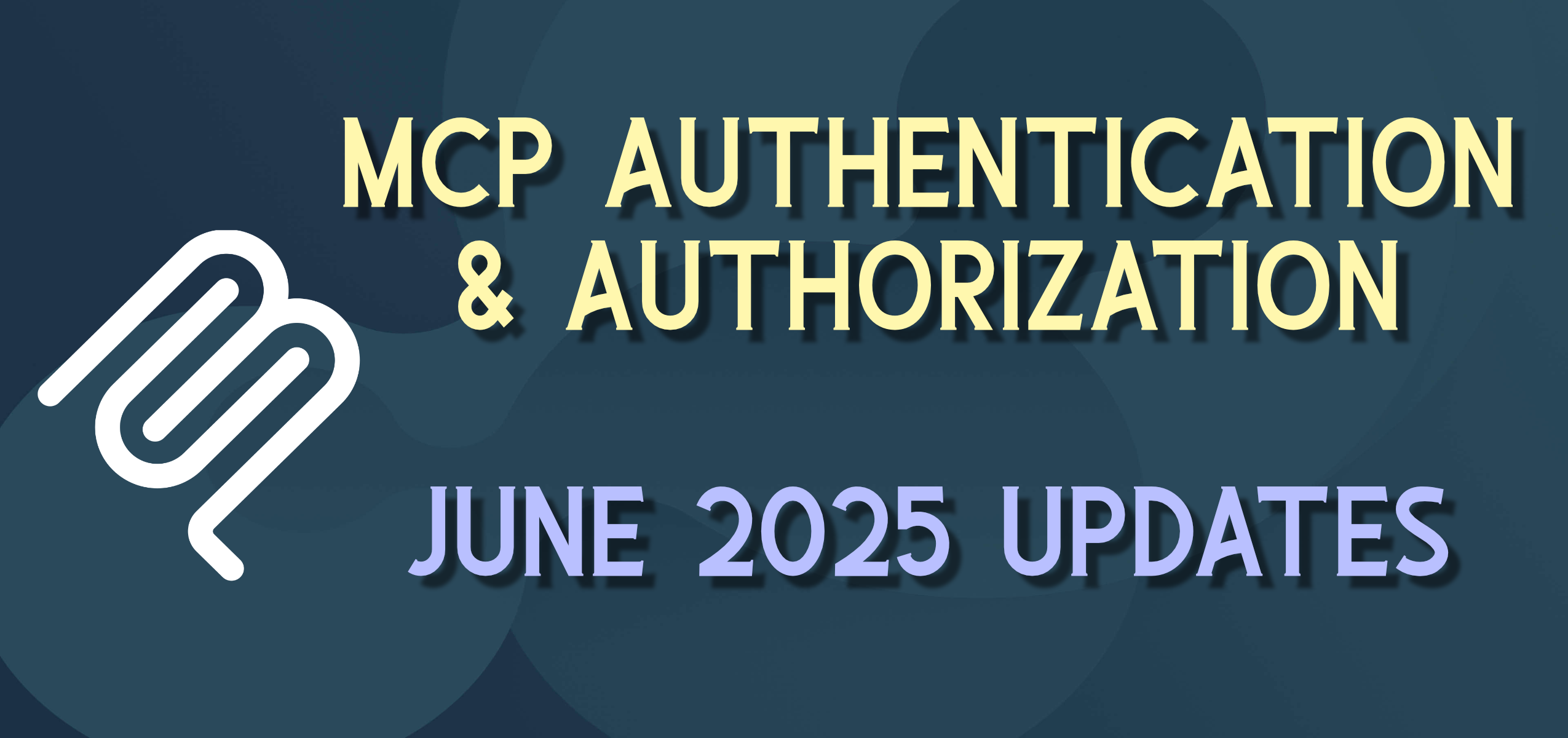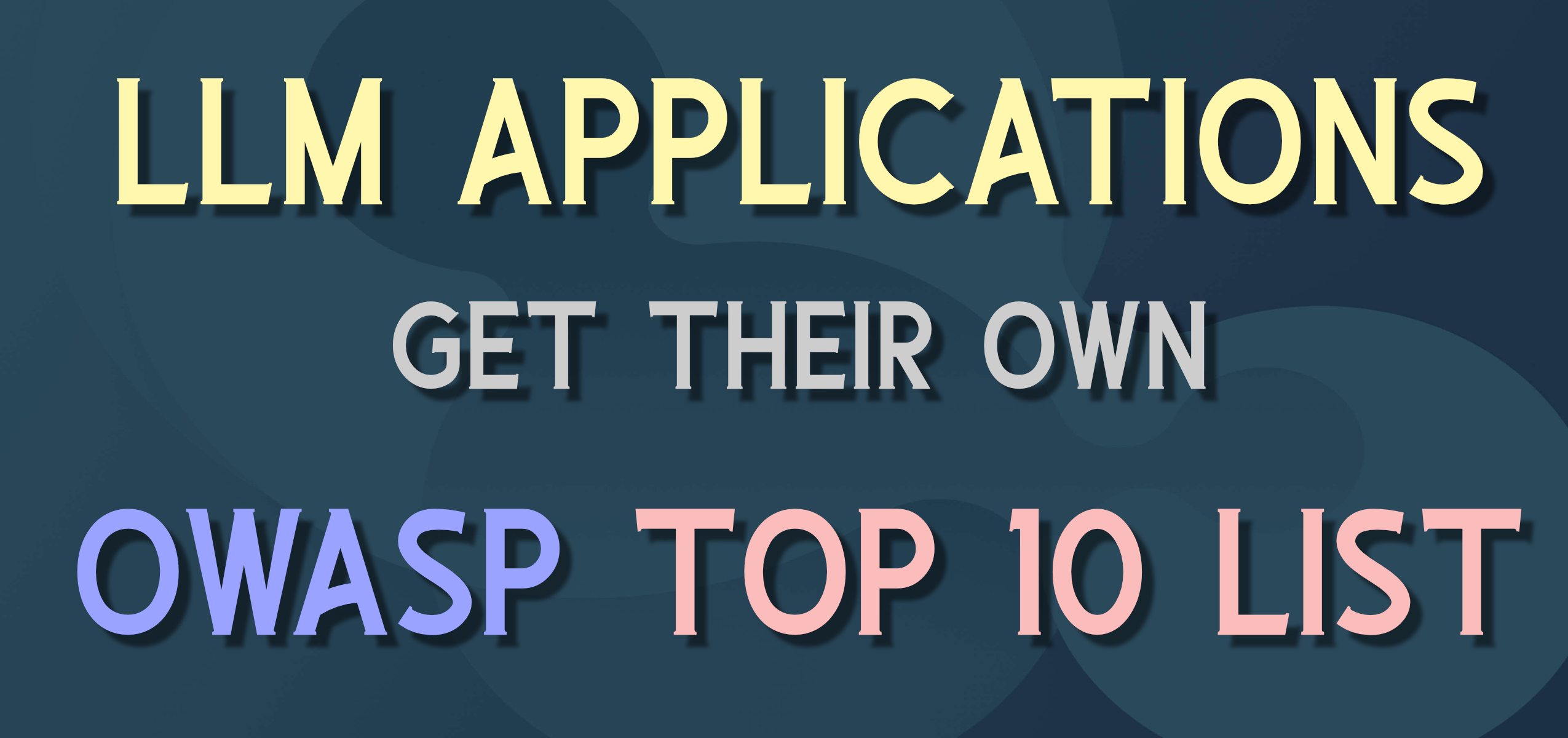Why I like Twitter
When I first heard about Twitter in late 2006, I thought it was the latest example of just another social experiment that seemed trivial and an amazing waste of time. You joined up and started posting very short (140 characters) messages about what you were doing or were thinking about. Then other people could follow you and see your messages and you could follow other people. You only saw messages from people you followed, so you could control how much you wanted to monitor. And people could choose to follow you (and if someone creepy was following you then you could block them).
But, in the last six months or so I have been really starting to use Twitter for actual business use and found it really helpful. This is mainly because of the quality of people that are using it which makes it valuable to follow them. There are at least three types of people I follow: (1) industry leaders (people who are leading the way in technologies or trends that I care about), (2) acquaintances (people you’ve met a handful of times and want to keep in touch with, and may occasionally e-mail), and (3) peers (people who you know by name and face and could e-mail or call up as needed).
So Twitter is really about half-way between e-mail and IM, with a little “blogishness” thrown in. It is asynchronous so you don’t have to be online at the same time as other people, but also nearly real-time as you can react or respond to messages within minutes or hours of their sending. It is much lighter than blogging (say what you are going to say in 140 characters or less), but has been called “microblogging” as it is a stream of ideas and thoughts that map to an individual.
So what are the practical “use cases” for Twitter in business? Here are a few.
(1) When you are stuck in a technical or programming problem and could use some outside help. Spamming your closest friends with your issue might be a solution here but you certainly wouldn’t e-mail lesser known people and bother them. You probably wouldn’t blog about each thing you are working on or having issues with either. But with Twitter you can put up a short message about what you are doing and see what might come back. Conversely you can occasionally monitor “the feed” to see what others are working on and see how you might be able to respond or help out. But on a busy day you just let the posts flow by without feeling the inferred obligation that an e-mail might create or the interruption of an IM.
(2) Stating what you are learning about or trying out for the first time. Then others may be able to recommend books or resources on the topic, or remember to contact you when they go down that road in the future.
(3) Communicate about local events that people may be interested in attending or hearing about. When/where/why/who
(4) Follow industry current events and announcements that may have an impact on what you are doing. You can’t get to every conference, presentation or other industry event but you can follow those that are attending and/or presenting.
(5) Words of wisdom or wit to inspire and amuse people and remind us that we are all still human.
(6) And just plain staying connected with the wide world of people who share some type of interest with you (or following those who have taken a different path than you to be able to compare and contrast your positions).
This all being said, there is a lot of junk out there and I have stopped following a people because of the quantity or content of their messages. But that is the beauty of Twitter – the opt-in, opt-out nature – that and the short messages (it is a real skill to say a lot in a little space). You can easily keep up with your timeline/stream in under a minute and it takes even less time than that to update your current message or respond to someone. The time/value ratio is very high (in my opinion).
Anyway, if you are on Twitter or are considering it, my Twitter ID is “babernethy”. If not I still e-mail, blog and IM.



